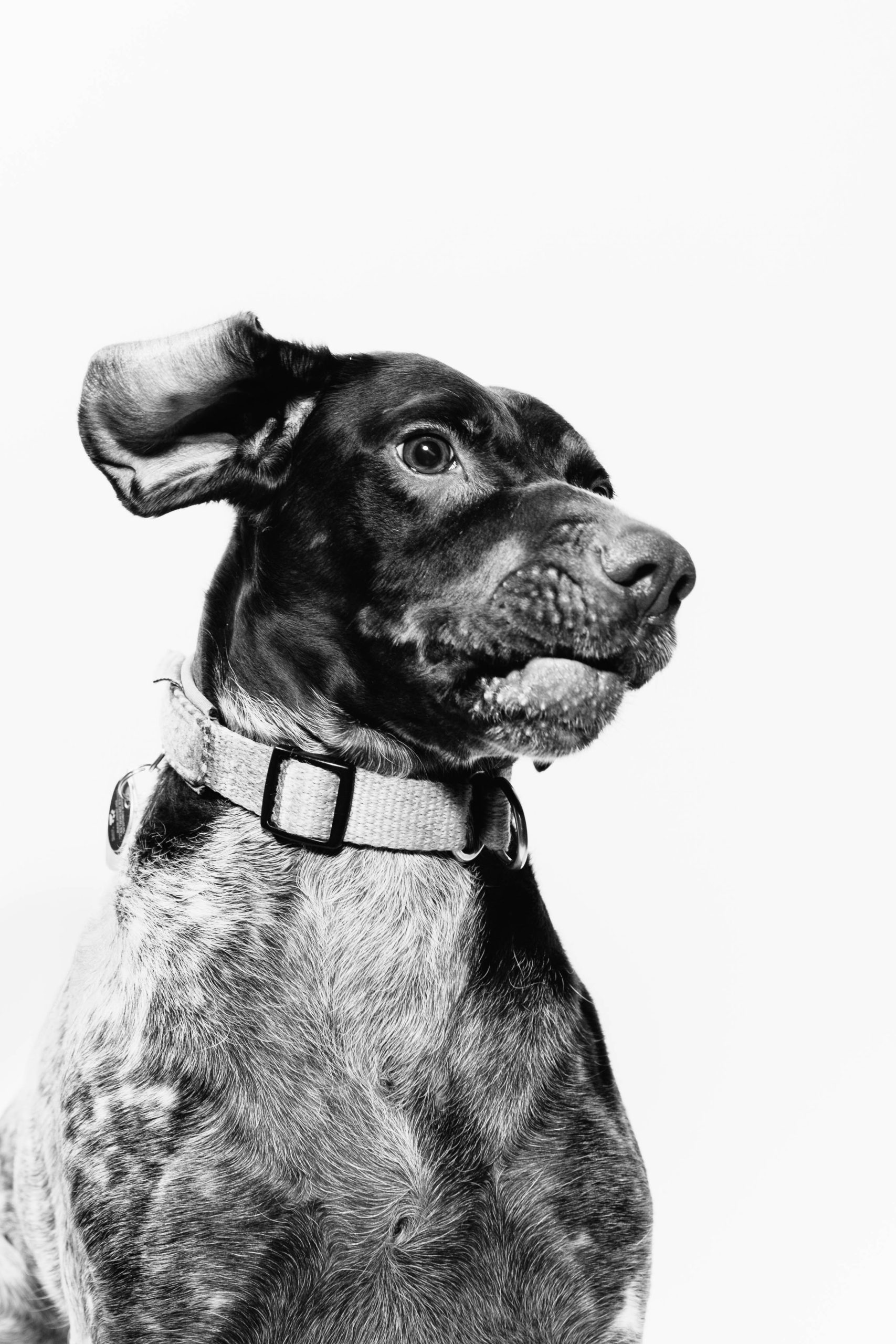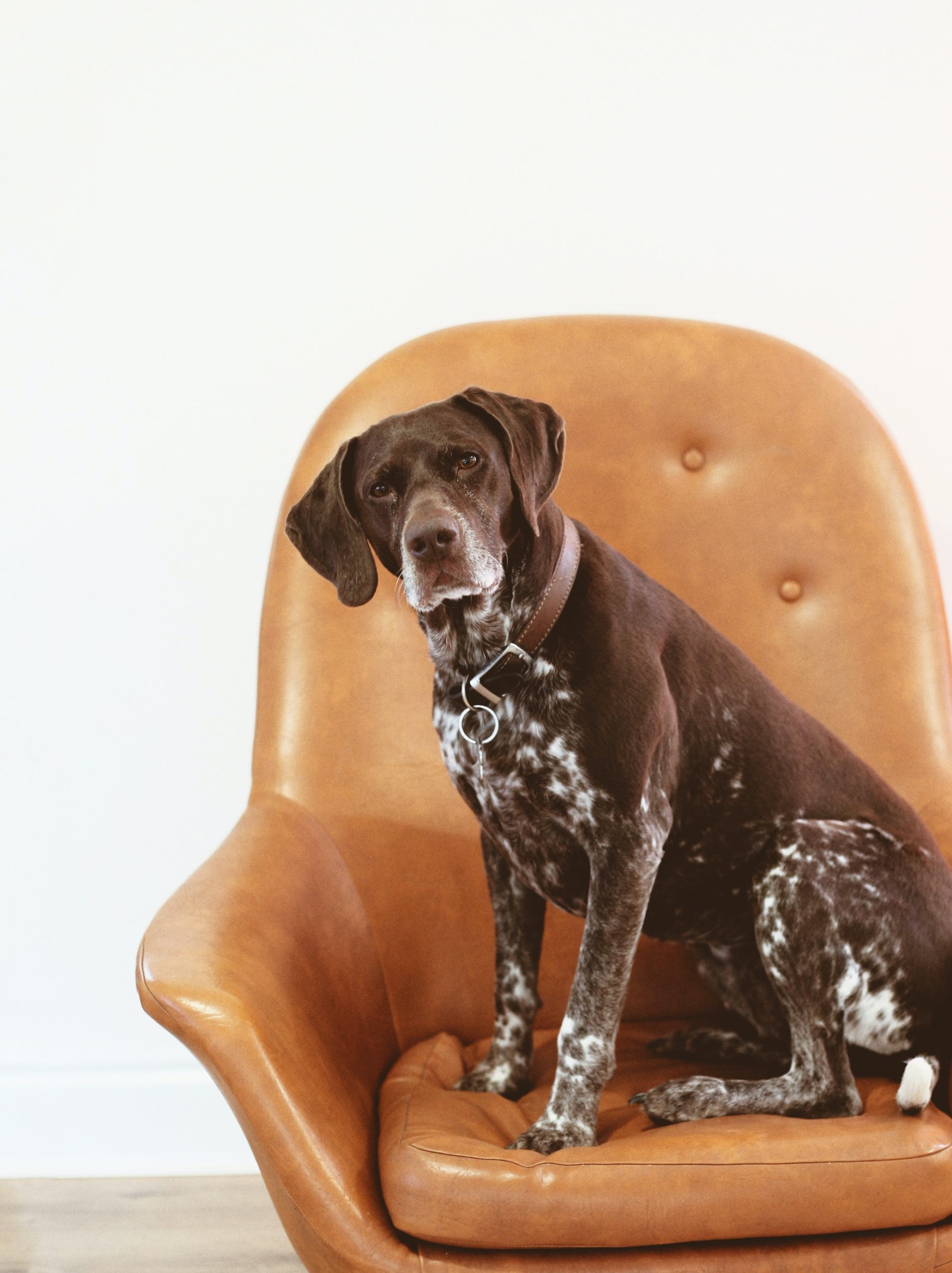The Versatile German Shorthaired Pointer: Breed Standards, Physical Attributes, and FAQs
This article provides an overview of the breed standards and physical attributes of the German Shorthaired Pointer, including its historical development, ideal characteristics, behavioral traits, health considerations, and hunting capabilities.
Overview of the German Shorthaired Pointer Breed
The German Shorthaired Pointer, developed in the 19th century as a multipurpose hunting dog capable of working on both land and water, is known for its versatility, athleticism, and intelligence. This breed is renowned for its friendly and outgoing nature, forming strong bonds with human companions and excelling in various roles, including hunting, tracking, retrieving, and as a family companion.
Originating in Germany, the German Shorthaired Pointer was specifically bred to be a noble, steady dog showing power, endurance, and speed. Its dual purpose as a pointer and retriever, along with its keen nose, perseverance, and initiative in game finding, makes it an exceptional hunting companion. The breed’s historical background and development reflect its enthusiastic and friendly nature, which allows it to excel in rugged conditions and locate game with ease. This historical insight underscores the breed’s inherent drive and capability, further emphasizing its ideal characteristics and temperament as a versatile and dedicated hunting and family companion.
Breed Standard and Ideal Characteristics
The German Shorthaired Pointer is a breed known for its remarkable athletic build and sleek coat in various colors and patterns. This breed is slightly smaller than a Pointer, giving it a distinctive and regal appearance, [2]. According to the established breed standard, the German Shorthaired Pointer should exhibit power, endurance, and speed, along with a clean-cut head, well-proportioned body, and a unique presence. These physical attributes not only make them suitable for apartment living and novice owners but also highlight their moderate grooming requirements and general health considerations.
For example, the medium to large-sized build of the German Shorthaired Pointer, coupled with its regal appearance, makes it an ideal companion for individuals living in urban settings. Their athletic physique and manageable grooming needs ensure that they can thrive in apartment environments, providing a harmonious living experience for both the dog and its owner. Additionally, the breed’s general health considerations, such as its low sensitivity level and tolerance to various weather conditions, make it a practical choice for novice owners seeking a canine companion with adaptable traits.
In summary, the physical attributes and ideal characteristics of the German Shorthaired Pointer not only make them visually striking but also contribute to their suitability for apartment living and novice owners while requiring moderate grooming and maintaining good general health, [2].
Physical Attributes of the German Shorthaired Pointer
The physical attributes of the German Shorthaired Pointer contribute to its suitability as a versatile and elegant sporting breed. This breed is renowned for its distinctive and regal appearance, being slightly smaller than a Pointer, with a sleek coat that comes in various colors and patterns. These physical characteristics make the German Shorthaired Pointer an attractive and graceful dog that excels both as a hunting companion and a loving family pet.
In addition to its elegant appearance, the German Shorthaired Pointer’s adaptability to apartment living and novice owners is a testament to its amiable nature and moderate grooming requirements. While the breed has an athletic build and requires regular exercise to maintain its health and vitality, it also demonstrates a moderate sensitivity level, making it suitable for novice owners who may be less experienced in handling highly sensitive breeds. Furthermore, the breed’s general health considerations, such as its tendency to gain weight if not provided with adequate exercise, emphasize the importance of fulfilling its moderate exercise needs to ensure its overall well-being and longevity.
Behavioral Traits and Temperament
The German Shorthaired Pointer is renowned for its friendly and outgoing nature, making it an ideal companion for families and individuals alike. This breed has a natural affinity for forming strong bonds with its human companions, and when properly socialized, it can coexist harmoniously with children and other pets. For example, GSPs are often described as affectionate and loyal, displaying a deep-seated sense of companionship and dedication to their owners.
In addition to its amiable disposition, the German Shorthaired Pointer is characterized by moderate sensitivity, high energy levels, and a low tendency to bark or howl. This unique combination of traits makes them well-suited for active households, as they thrive in environments where they can engage in various physical and mental activities. For instance, their high energy levels make them excellent companions for individuals who enjoy outdoor pursuits such as hiking, running, or engaging in dog sports like agility or flyball. Their sociable nature also makes them well-suited for interactive play and training exercises, further strengthening their bond with their owners.
 Health and Care Considerations
Health and Care Considerations
The German Shorthaired Pointer is known for its moderate grooming needs, making it relatively low maintenance in terms of coat care. Their short, dense coat, which comes in various colors and patterns, requires regular brushing to minimize shedding and keep the coat in good condition. Additionally, bathing should be done as needed, especially after outdoor activities or when the dog gets particularly dirty. This regular grooming routine not only helps maintain the dog’s overall cleanliness but also allows for early detection of any skin issues or abnormalities.
When it comes to feeding guidelines, German Shorthaired Pointers typically require 2-3 cups of high-quality dry food per day, divided into two meals. The specific amount may vary based on the dog’s age, size, activity level, and metabolism. It’s important to consult with a veterinarian to determine the most suitable diet plan for an individual dog to ensure they receive the necessary nutrients for their overall health and well-being. Proper nutrition is vital for the breed’s energy levels, muscle development, and maintaining a healthy weight, considering their high energy and athletic nature.
Furthermore, potential challenges in training the German Shorthaired Pointer stem from their high energy levels and strong prey drive. While they are highly intelligent and trainable, their exuberance and intensity may require consistent and firm training to channel their energy effectively. This breed excels in various activities, especially hunting and other high-energy tasks, but their enthusiasm and drive can make them a bit challenging to train for obedience and recall, particularly when off-leash. With dedicated and patient training, they can become well-behaved and obedient companions, showcasing their versatility and eagerness to please, [4].
Hunting and Retrieving Capabilities
The German Shorthaired Pointer is a breed renowned for its exceptional hunting and retrieving capabilities, making it a versatile and reliable partner for hunters and outdoor enthusiasts. Developed with a keen nose, perseverance, and initiative in game finding, this breed excels in various types of hunting scenarios, including upland game birds and waterfowl. For example, when hunting upland game birds, the German Shorthaired Pointer’s keen sense of smell and strong prey drive enable it to locate and flush out game with precision, making it an invaluable asset for hunters seeking a proficient and driven hunting companion.
In addition to its prowess in upland game bird hunting, the breed’s endurance, speed, and agility also make it well-suited for waterfowl hunting. The German Shorthaired Pointer’s ability to work on both land and water, coupled with its muscular build and powerful swimming capabilities, allows it to retrieve waterfowl with efficiency and dexterity. Whether in dense woodland, open fields, or water environments, the breed’s adaptability and enthusiasm for hunting activities make it an ideal choice for individuals passionate about outdoor pursuits and in need of a skilled and focused hunting partner.
Frequently Asked Questions (FAQs)
- What are the ideal characteristics and temperament of the German Shorthaired Pointer? The ideal characteristics of the German Shorthaired Pointer include an athletic build, sleek coat in various colors, friendly and outgoing nature, and moderate sensitivity level. Its temperament is marked by high energy, low tendency to bark or howl, and the ability to form strong bonds with human companions.
- How was the German Shorthaired Pointer developed and what is its historical background? The German Shorthaired Pointer was developed in the 19th century as a multipurpose hunting dog capable of working on both land and water. Its historical background is rooted in Germany, where it gained recognition for its versatility, athleticism, and intelligence.
- What are the specific physical attributes and coat variations of the German Shorthaired Pointer? The German Shorthaired Pointer possesses an athletic build, sleek coat in various colors and patterns, and a distinctive appearance, slightly smaller than a Pointer, as per the breed standard.
- Are German Shorthaired Pointers suitable for apartment living and novice owners? Yes, German Shorthaired Pointers are suitable for apartment living and novice owners, as they have moderate grooming requirements, general health considerations, and a friendly, adaptable nature.
- What are the exercise and grooming requirements for German Shorthaired Pointers? German Shorthaired Pointers have moderate exercise needs and grooming requirements, including feeding guidelines and potential challenges in training and managing their high energy levels and prey drive.
- What are the recommended feeding guidelines for German Shorthaired Pointers? German Shorthaired Pointers require 2-3 cups of high-quality dry food per day, divided into two meals, to meet their nutritional needs and maintain their overall health.
- What are the potential challenges in training German Shorthaired Pointers? While German Shorthaired Pointers are intelligent and trainable, they may present challenges in obedience and recall training, especially when off-leash, due to their high energy levels and strong prey drive.
- Are there specific health considerations or common issues associated with this breed? German Shorthaired Pointers have moderate grooming needs, feeding guidelines, and potential challenges in training and managing their high energy levels and prey drive, which are essential health and care considerations for this breed.
- What are the hunting and retrieving capabilities of German Shorthaired Pointers? German Shorthaired Pointers are dual-purpose pointer/retrievers with keen noses, perseverance, and initiative in game finding, showcasing endurance, speed, and suitability as hunting partners.
- What are the legal regulations and breeding standards regarding tail-docking and ear-cropping for this breed? Tail-docking and ear-cropping are legal in the US for German Shorthaired Pointers, but they have been forbidden in some countries. However, no dog should be penalized for a full tail or natural ears in UKC events, reflecting evolving breeding standards and legal regulations.



